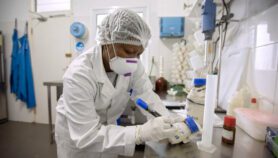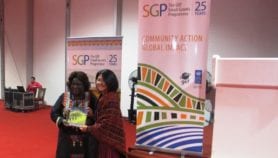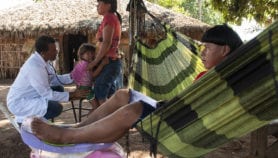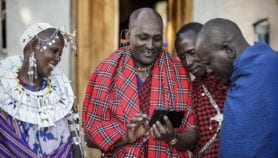By: Jia Hepeng
Send to a friend
The details you provide on this page will not be used to send unsolicited email, and will not be sold to a 3rd party. See privacy policy.
[BEIJING] China has launched a scheme to protect indigenous knowledge related to traditional medicine from being exploited commercially without appropriate sharing of benefits.
The programme, which began this month, could lead China to create online libraries of databases relating to traditional Chinese medicine (TCM) and intellectual property.
The aim is to prevent traditional medicine from being used commercially by foreign companies without payment, says Liu Changhua, chair of the programme and a professor at the Chinese Academy of Traditional Chinese Medicine.
Lui told SciDev.Net that ancient books refer to more than 400,000 herbal remedies using 20,000 plant species. International pharmaceutical companies have developed products based on many of these traditional remedies.
According to Liu, the World Health Organization estimates that traditional therapies produce US$60 billion in profit annually, but indigenous communities, including those in China, have received few benefits.
Rights to use indigenous knowledge need to be protected, says Liu, but cannot use China’s current intellectual property rights framework.
One problem, he says, is that intellectual property rights are legally the right of private individuals or organisations whereas indigenous knowledge mostly belongs to local communities, often represented by national governments.
Given the breadth of indigenous knowledge underpinning traditional medicine, says Lui, two issues to be solved are to determine what should be protected, and what can feasibly be protected.
To address the situation, the protection programme is creating a classification of traditional China medicine knowledge and identifying fields with commercial potential.
The programme will also study ownership of indigenous knowledge and classify fields of medicine as being patentable or not. It will publish its findings and recommendations in June.
Lui says that if China’s State Administration of Traditional Chinese Medicine (SATCM), whose director is also China’s vice-minister of health, accepts the report’s recommendations, the government could invest 100 million yuan (US$1.2 million) to develop a digital library of traditional medical knowledge and a large database of patents.
"India has set a good example by establishing a digital library of its indigenous medical knowledge, and we can follow its example," he adds.
Shen Zhixiang, a senior official at SATCM told a conference on 7 January that the administration would apply to add to add traditional Chinese medicine to UNESCO’s list of ‘non-material heritage’.
China has signed agreements with 17 countries, including Ireland, Italy and Norway, to jointly develop products based on traditional Chinese remedies, said Shen. Emphasising the growing international profile of Chinese remedies, he added that there are now more than 50,000 Chinese medicine clinics in 130 countries.
According to SATCM, China spent US$966 million researching, preserving and improving education about TCM between 2000 and 2004.













